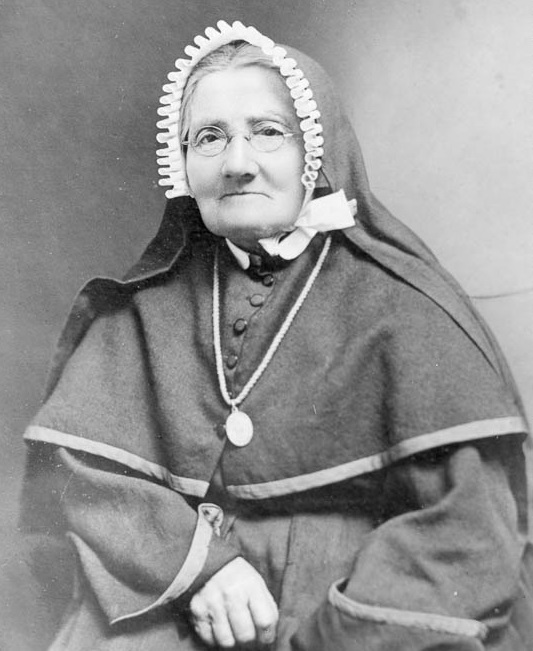
There are so many successful women breaking the grass ceiling and killing it in the cannabis industry. March is Women’s History Month, so today we’re taking it back to a time when cannabis was just like any other plant in the world of medicine; so much so that even a nun, credited as the first person to grow marijuana in New Zealand, included it in many of her medicinal potions and tinctures. Today, that pot-growing nun is up for sainthood by the Catholic church and we’re going to talk all about her life.
Born in France in 1835, Marie Henriette Suzanne Aubert was a Catholic sister who devoted her life to helping others, especially children. As a young adult, her family arranged for her to be married. She responded with a hard pass and in 1860, hopped on a boat to Auckland with 22 other missionaries.
Her plan was to help educate the indigenous Māori children, despite expectations that she would teach French, sewing, and singing to the wealthy white people who had emigrated from Europe. Suzanne, along with 3 other French missionaries, transferred to the Nazareth Institute for Māori girls, eventually opening the Congregation of the Holy Family to use as a school for Māori children. Her deep dedication to the Māori people was notably unique – rather than do whatever she could to help the kids acclimate to new Western customs, she took it upon herself to learn their language, wrote an English-Māori dictionary, revised and enlarged the Māori prayer book, and wrote French-Māori and English-Māori phrasebooks.
After a couple years Suzanne left for Hawke’s Bay, where she helped further the Catholic Māori mission by teaching, tending to farms, and caring for the sick. She then headed for Jerusalem where her and her fellow Sisters at St. Joseph took on different jobs to help the community grow and thrive. The nuns tended to farms and orchards, sold fruit to tourists, and even raised homeless kids. Mother Aubert’s unique medicinal remedies and herbal tinctures funded most of their work. Many of these remedies contained Indian hemp, aka cannabis.
Mother Aubert’s healing blends were heavily influenced by rongoā, a traditional Māori medicinal practice. It’s been reported that she used cannabis in teas for menstrual cramps, respiratory aids, wound balms, and digestive aids. In 1891, she licensed her recipes to the New Zealand Drug Company for nationwide distribution.
In 1899 the sisters moved to Wellington, where they opened a hospital for permanently disabled people of all creeds and backgrounds. Eight years later they opened Our Lady’s Home of Compassion for children and babies. They also opened a soup kitchen that still operates to this day.
In 1922, Mother Aubert returned to Wellington to teach free nursing programs to the poor after the depression. She added a complete surgical center to the home she had opened, including operating wards.
In 1926, Mother Aubert died at the age of 91. Her funeral was the largest ever for a woman in New Zealand. The next year, New Zealand passed the Dangerous Drugs Act, which banned cannabis in New Zealand.
In 2010, the Catholic Church began the process for canonizing Mother Aubert as a saint. The church still has to verify two miracles she performed during her lifetime. If canonized, she would be the first saint of New Zealand.
The Catholic Church’s guidelines for sainthood miracles state that the two miracles performed must be inexplicable to science. Some might argue that the science behind cannabis is minimal, at best. Some might also argue that growing weed without the government seizing it is also a miracle. Either way – such a dedicated healer and resourcefully practical woman would not have bothered growing and selling cannabis products to the children and families she healed if it didn’t do anything. Mother Suzanne Aubert’s story is a demonstration of how normal it once was to use what was available, including cannabis, before prohibition took hold and stigmas and fear stood at the forefront of the conversation. With some work, we will get back to that place. Until then, blaze and praise.